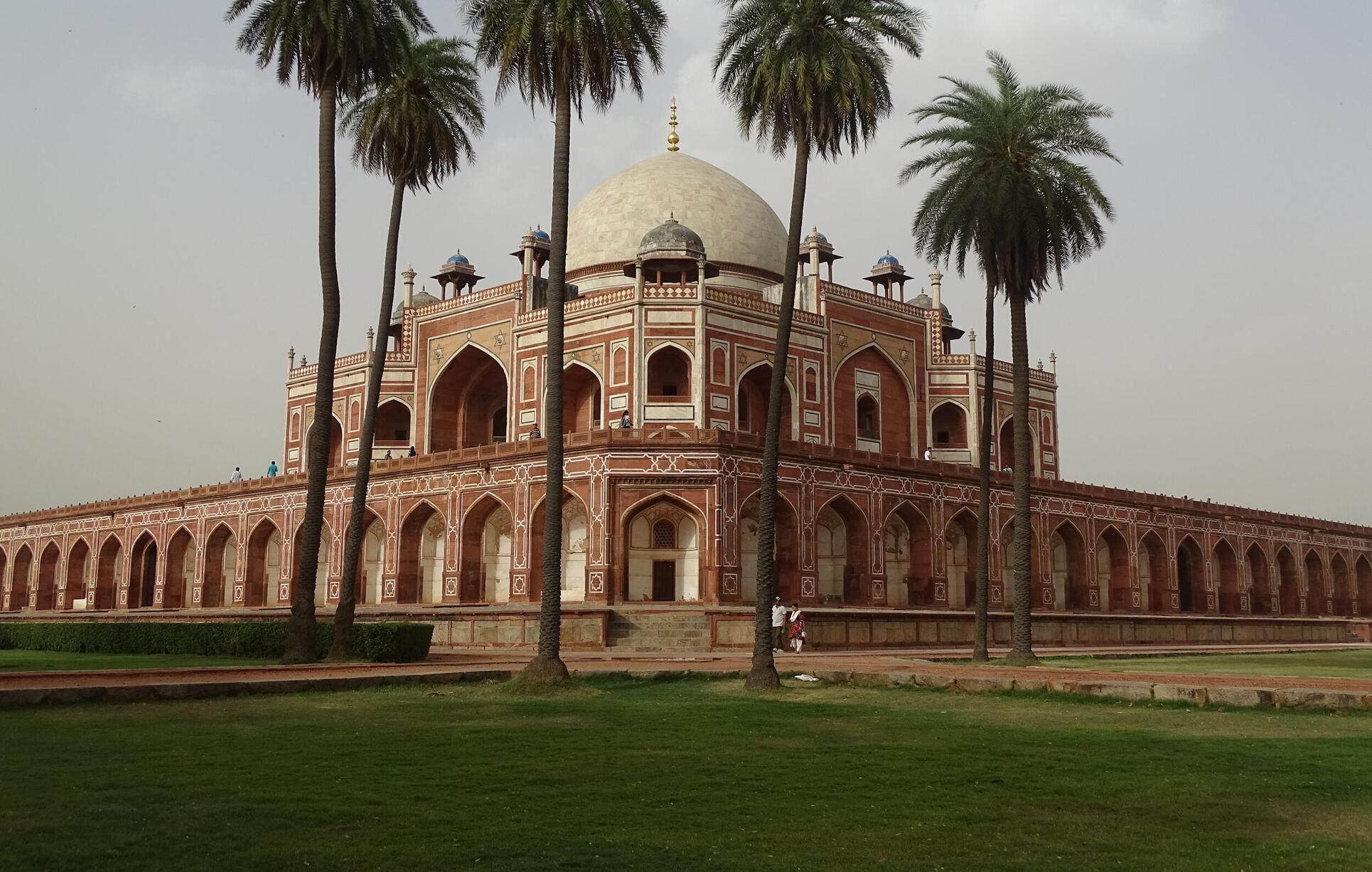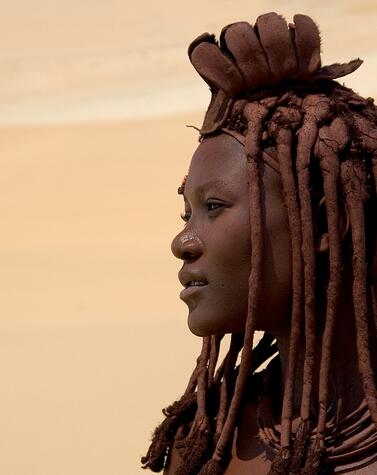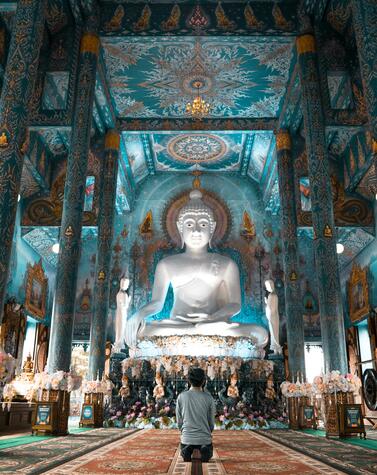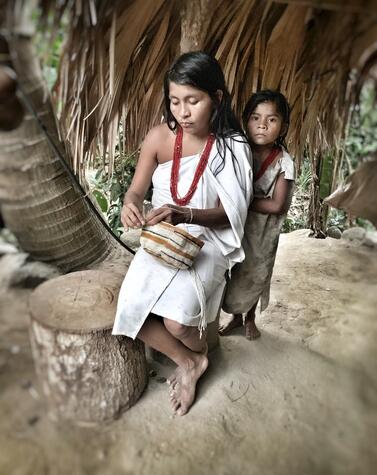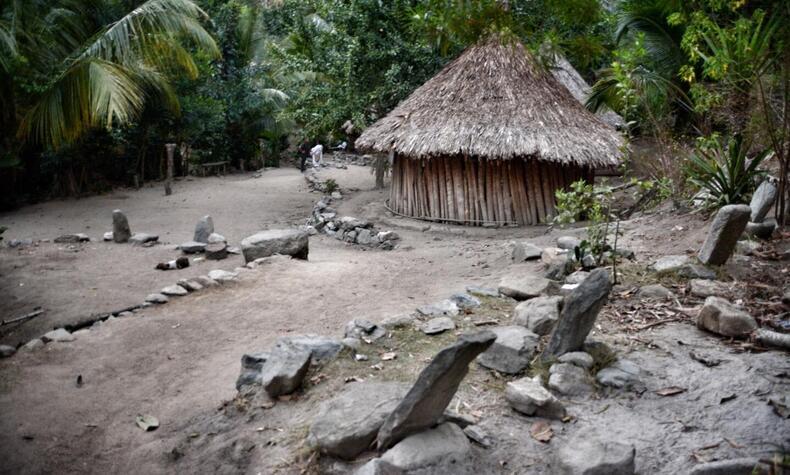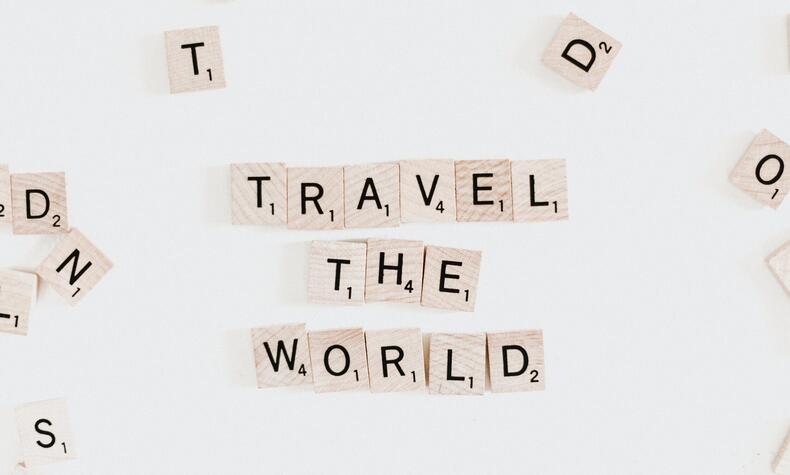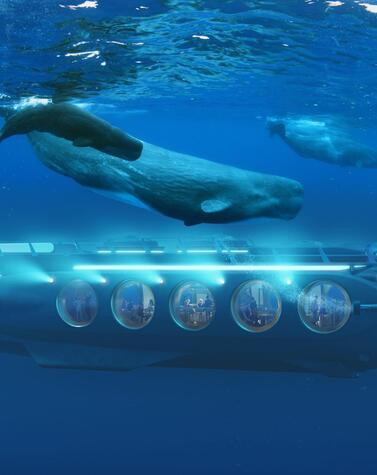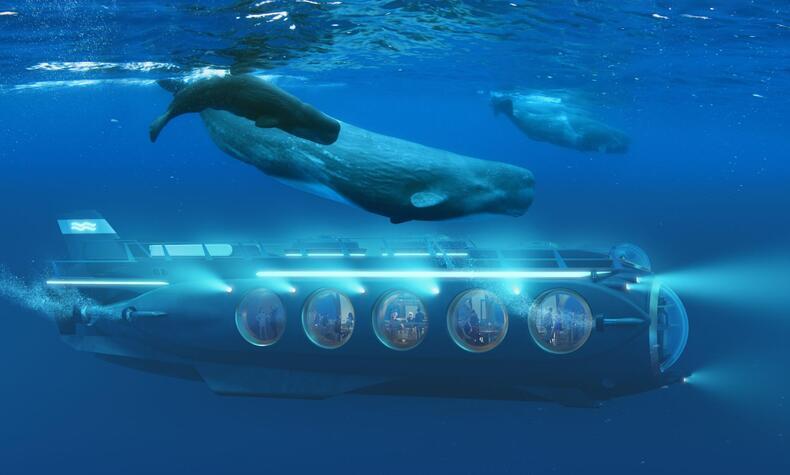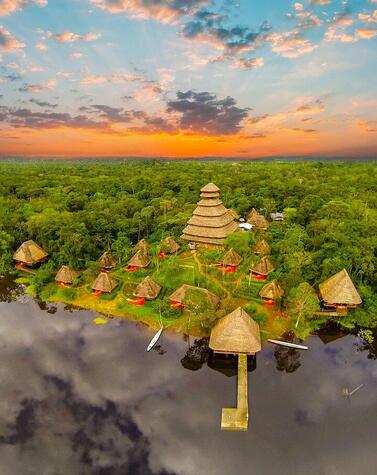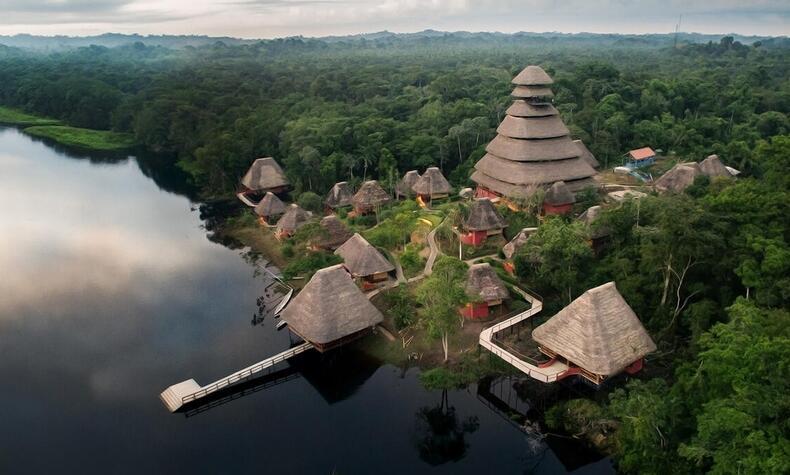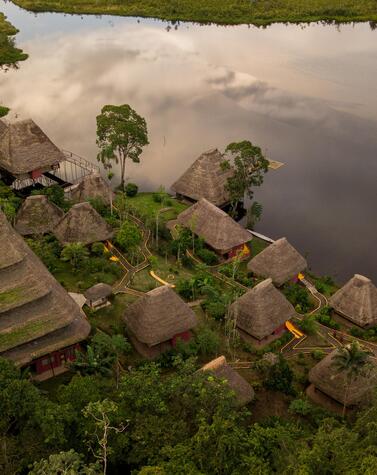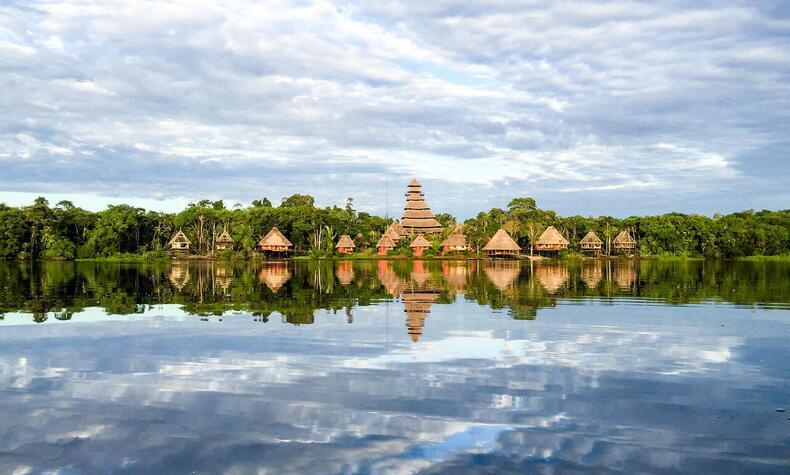You can leave India but India will never leave you
"First time in India?", asked the driver who picked me up at the Delhi airport. I answered, "yes", despite all my skepticism about traveling to India, there I was without knowing that India would be an unforgettable trip and that the cliche of before and after would be fulfilled. I wanted to understand what it was about this country that transformed people, and I had 15 days ahead of me to find out.
I will not deny it, the first contact was shocking. I even said to myself, "I knew India was not for me", but only a few hours into the chaos of Delhi, it was enough for me to start enjoying it. Delhi is a hot and colorful mess where traffic lights are ornamental and madness takes over its streets full of tuc tucs and colorful markets.
After visiting the most cultural part of the city as the Red Fort (emblem of Mongolian hegemony) and the Jama Masjid Mosque, the largest in the country and the last wish of the same emperor who decided to build the Taj Mahal, I headed to the Gurdwara Bangla Sahib, the main Sikh temple in the city.
The thing is, walking around the city, you see lots and lots of turbaned men, the Sikhs. This is one of the largest communities in the country and I was intrigued as to what was behind this community. The temple is an important pilgrimage site as it has a copy of the holy book. What impressed me the most is that every day the faithful gather at the temple to eat, and all Sikh temples have a communal kitchen where they serve a thali consisting of a lentil stew with potatoes. I didn't have time to roll up my sleeves and join in!
Discovering Jodhpur
Another aspect that fascinated me about Delhi were the ruins, tuk tuks, and monuments, all with a fascinating history coexisting face to face with the new, modern, and avant-garde Hindu society, that looks towards a promising future, but never forgetting the past of their country.
I left Delhi behind to continue towards Jodhpur. At only two hours from Jaipur and in the shadow of the mythical Mehrangarh Castle, this city of narrow streets and full of temples is a paradise for real travelers.
Jodhpur is one of the best known cities of Rajasthan but it was undoubtedly the great discovery of the trip. Just by setting foot in this city, I felt intoxicated by the warmth of its people and the intense blue that decorates it and makes it unique. No wonder it is listed as one of the most beautiful blue cities in the world.
The hotel RAAS Jodhpur, absolutely modern inside with an exterior design of haveli architecture, is undoubtedly a treasure to be discovered, a beautiful boutique hotel, elegant in its decor and design but at the same time combines perfectly with the walled city of the city where it is almost camouflaged. It acts as a true oasis within the chaos of the city. The perfect place to unwind is the wonderful central swimming pool that acts as an ideal refuge from the scorching sun.
At night, nothing more special than enjoying the view after an intense day, as most of the rooms have panoramic views of the illuminated fortress. The famous expression "sense of place" makes sense in this magical place when from any point of the city, you feel the most traditional values of the Hindu culture.
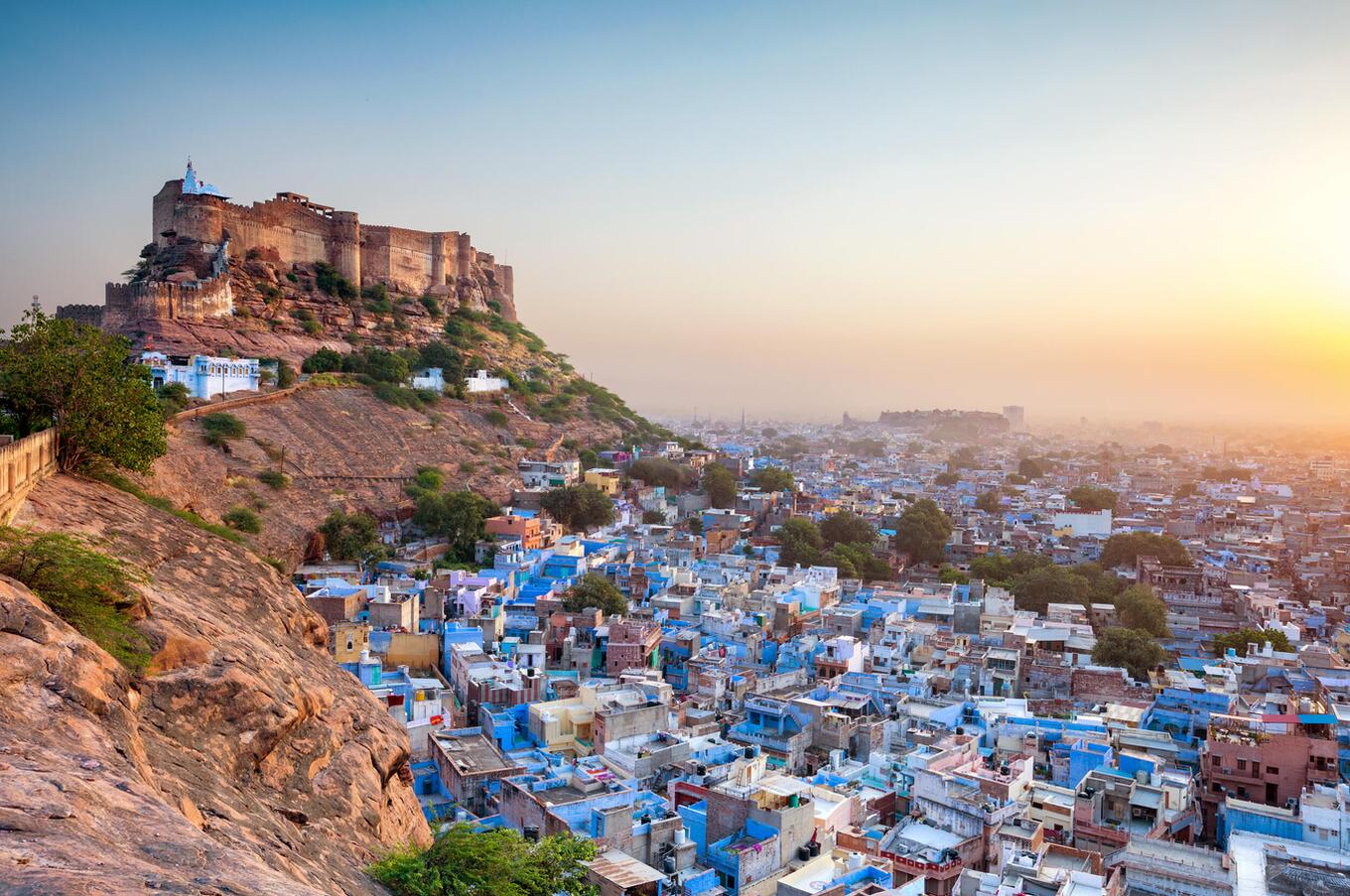
After a couple of days in Jodhpur, and tallying up kilometers through the landscape of the Rajasthani steppe, continued the journey to Bisalupur. There, I remembered that India's beauty was not only temples and vibrant cities. In a secluded landscape of granite formations and sandbanks are ten tents under the reddish sun of Sujan Jawai.
This is a Sujan Luxury project, where you can live in the most environmentally friendly way, like the last nomads of the country that have been roaming the place for centuries. Fabric tents, with stainless steel and leather details that are carefully decorated to have an authentic glamping experience, where you can mingle with the leopards, pink flamingos, and crocodiles that live in the area with total freedom.
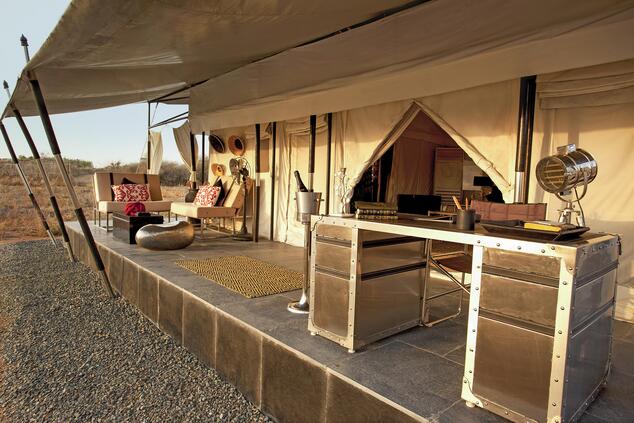
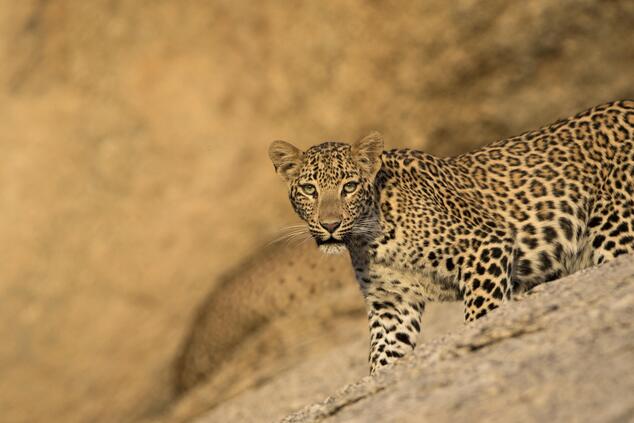
Continuing with the contrasts, I left the leopards to continue to the penultimate stop of my trip, the sacred city of Varanasi.
It is impossible for Varanasi to disappoint you. I would define Varanasi as trying to explain the inexplicable, so it is complicated for me to reflect what this city meant. I suppose it must be because emotions cannot be explained with words. Varanasi is the Mecca of Hinduism and consequently the most spiritual city in the country.
The most striking thing here is the approach to death and the different way of celebrating or conceiving it. Death experienced up close as never before, the fine line that separates life from death and the ultimate expression of religious and social beliefs so different from those of the West. Somehow, my prejudices or my self-imposed armor prevented Varanasi from hurting me, but not from impacting and healing me in equal parts.
I was nearing the end of the trip, so I had already experienced India in all its splendor, but Varanasi is different, it is covered with mysticism and a special energy.
Waking up at night to go to see the sunrise from the Ganges to watch the purification ceremonies of children and adults, or experience the Aarti ceremony in first person, are experiences that surely have marked a before and after in my history of experiences.
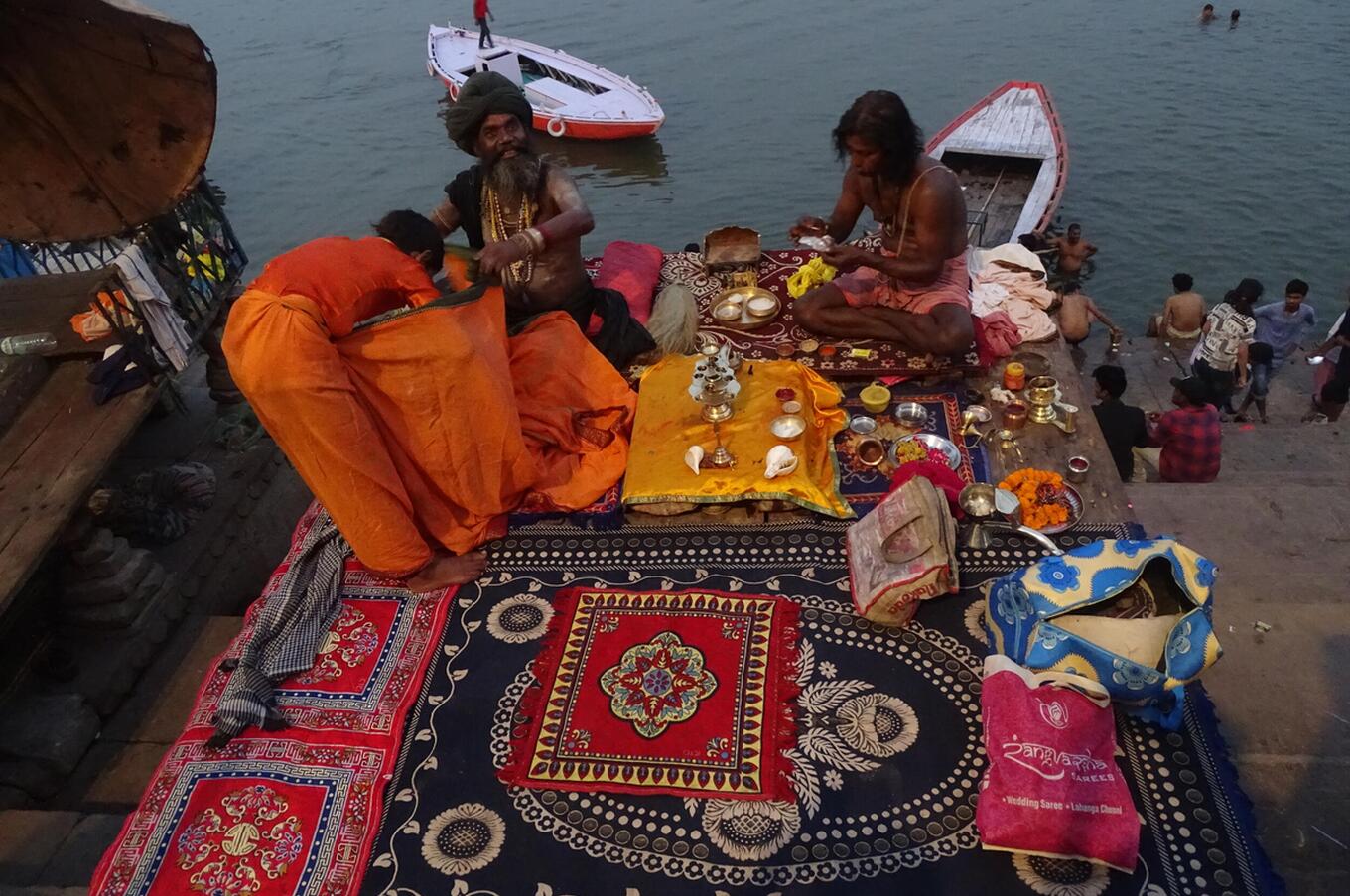
The classic Rajasthani turban is a cloth between 3.5 and 6 meters long. Rolled up it serves as a rope, folded as a blanket, and curled up as protection from the sun, and even as a base for carrying heavy objects on the head. Its bright colors vary depending on the geographical area or the occasion.
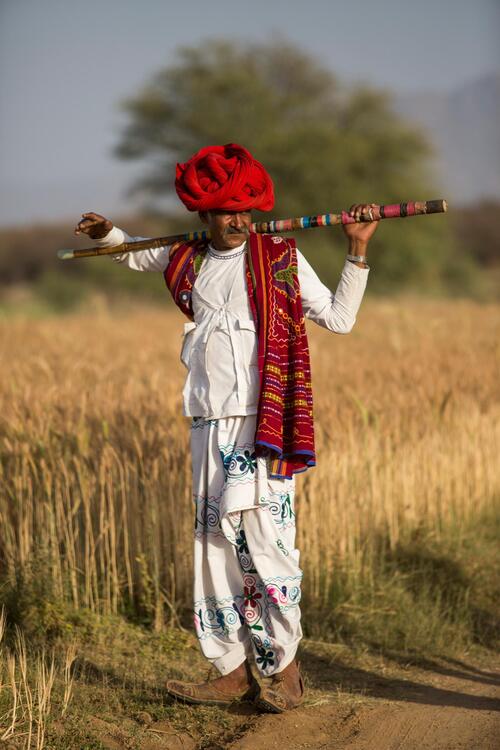
Although it may sound like a typical trip, no trip to India would be complete without a visit to the Taj Mahal. One of the Wonders of the World and undoubtedly the jewel in the crown, its white dome is unmistakable.
I recognize that my somewhat skeptical attitude towards the most touristy places around the world that create high expectations for travelers, disappeared completely in this case at the time I passed the first arch and I saw it: the Taj Mahal looming after the first rays of sun reflected in the fountains of its manicured gardens.
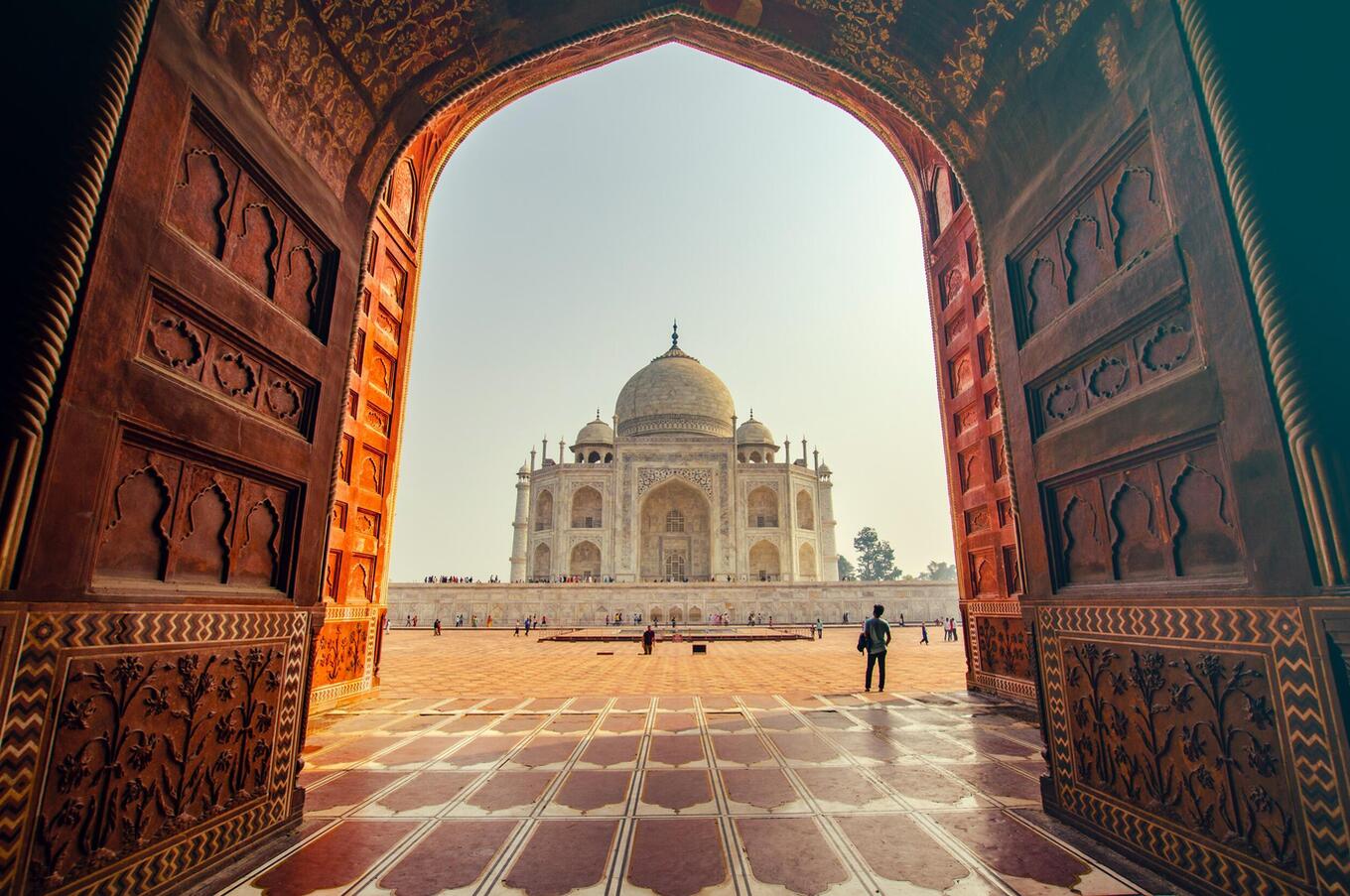
The image takes your breath away even if you're the most experienced traveler. Despite not being able to stop photographing it, I tried with all my might to concentrate on keeping that image in my mind so I can relive it whenever I think of India. I dare say that in a few years when I remember my first trip to India, I will still remember that moment.
Purity and beauty are the adjectives behind this marvel of Mughal architecture erected along the Yamuna River. As well, to think that it is the fruit of a love story between Emperor Shah Janah and his favorite wife, Arjumand Bano Begum!
It may sound cliche, but you either love India or you hate it. It challenges you and never lets you forget that you are in India; through a smell, a look, a feeling, or a mix at the same time.
It took me only 17 days to realize that India is all about extremes, sweet foods will be very sweet, spicy foods will make you cry, and as the saying goes, "you can leave India but India will never leave you."
